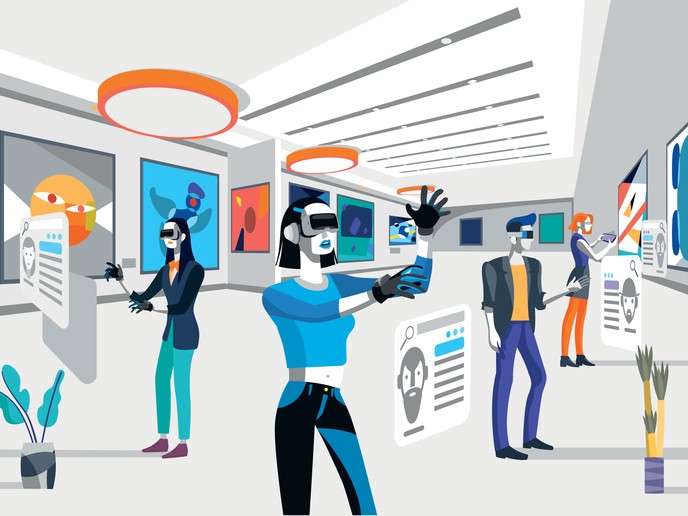The science behind subtitling – how to enhance the user experience
Subtitling is used not only by people who do not know the language of the original soundtrack, but also by those requiring different means of accessing audiovisual content due to sensory impairments, caused by deafness, hearing loss or ageing. With more and more content available on demand, the way in which we consume audiovisual material is growing so understanding how we interact with subtitling is increasingly more important. The EU’s SURE project’s principle investigator Dr Agnieszka Szarkowska explains how the work she has been doing, with support from the Marie Curie programme, has helped us to gain a better understanding of how subtitles are processed. Among the most problematic issues in subtitling quality are optimum presentation rates and subtitle layout. Subtitlers are faced with lack of research data to support their current practices with, which results in lack of uniform standards on reading speed, inconsistent layout and poor-quality subtitling. “Through the research I was conducting under the SURE project, we wanted to analyse how subtitles are read to establish the most effective way to help audiences immerse themselves in what they are watching,” says Dr Szarkowska. To get these insights, the researchers welcomed volunteers aged between18 to 40 as their subjects. “Our participants were either hearing native speakers of English (30 people), Polish (21 people) and Spanish (26 people), or English speakers that were hard of hearing (10) or deaf (10). They were all living in the UK at the time the study was conducted.” The researcher’s selection aimed to consider the responses of cultures which had diverse exposure to subtitles. “For example, programmes in Spain are usually dubbed, so we assumed Spanish people would not be very familiar with subtitling,” explains Dr Szarkowska. “We showed people clips and asked them questions on comprehension, cognitive load, enjoyment, scene recognition, subtitle recognition, reading experience. We also recorded their eye movements with an eye tracker.” The team found that people we able to follow faster subtitles and preferred to have less condensed text in subtitles in clips in a language they could understand. In the case of clips they couldn't understand, they preferred subtitles which are traditionally more condensed. “We also found that subtitles which are segmented following natural linguistic units are easier to process,” she explains. Results of the SURE project have been communicated to the research community as well as subtitling professionals. “I would love people in other countries replicated the study to see if the results hold true elsewhere. Ideally, companies would revise their style guides to implement our results,” says Dr Szarkowska.
Keywords
SURE, subtitles, audiovisual translation, film, TV, effective subtitles, viewer experience, reading speed, text segmentation, line breaks, subtitling, eye tracking, reception studies







